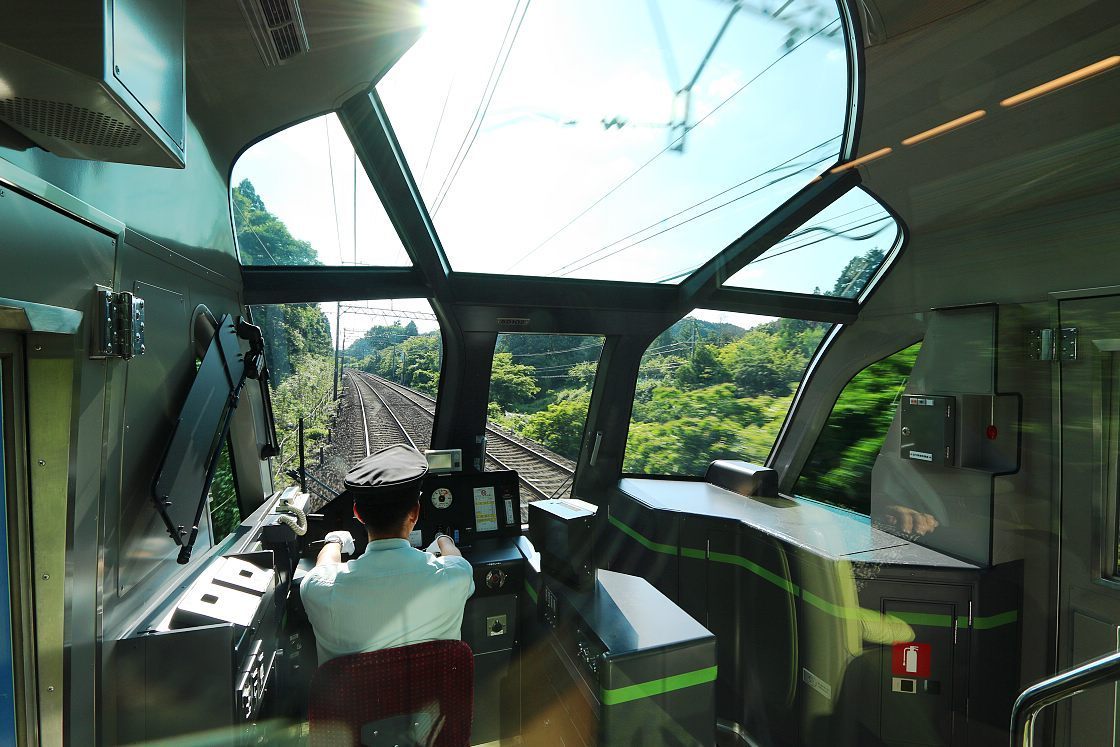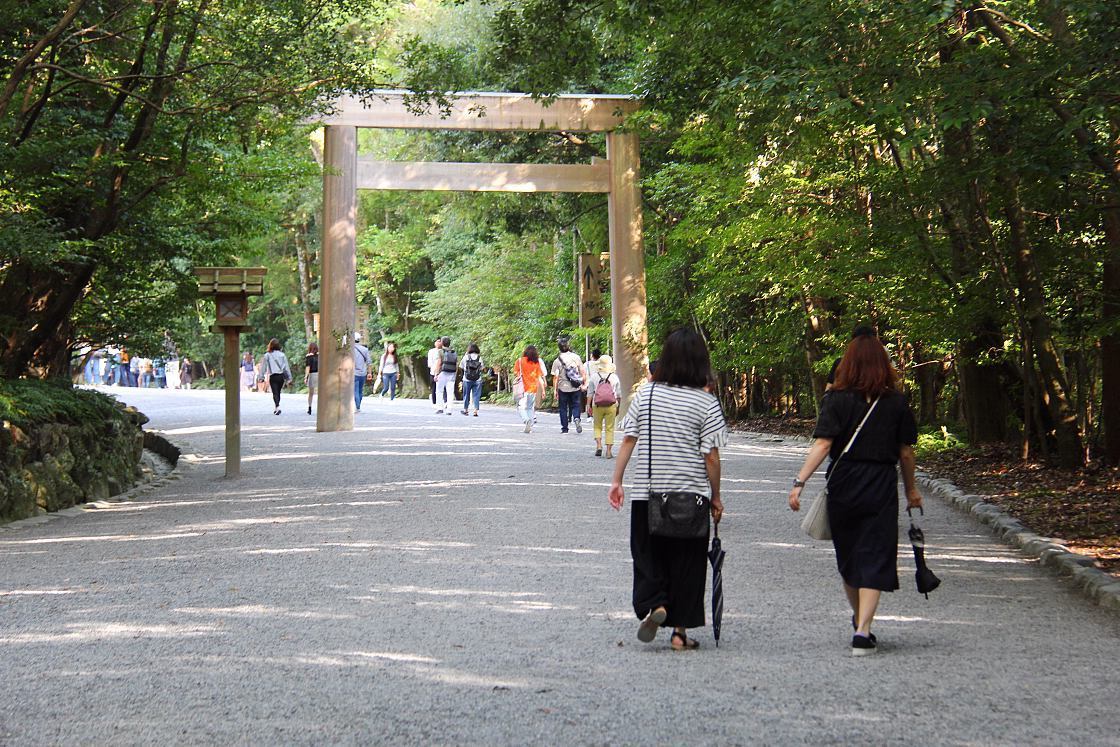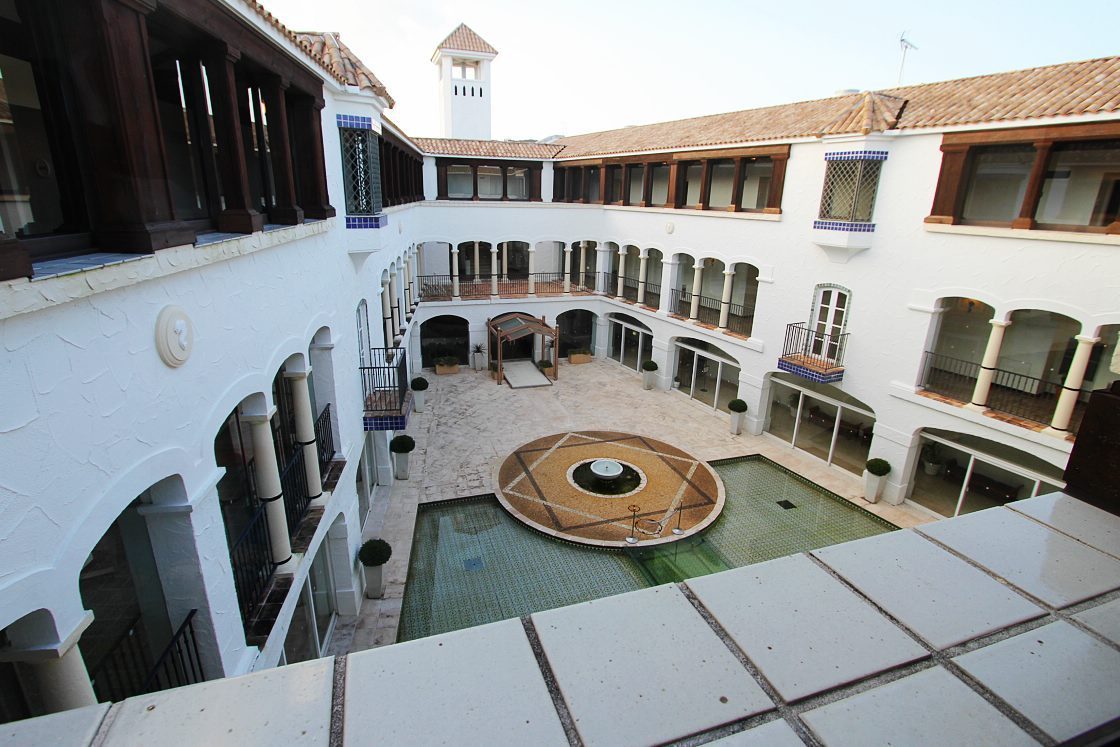Stunning sights and shrines in Ise Shima
Ise Shima in Mie Prefecture is a nature lover's paradise, bursting with idyllic seaside landscapes that afford some of the most arresting views in the whole of Japan. In addition to its soul-soothing vistas, this special region is also steeped in history, being home to Ise Jingu, Japan's most sacred shrines.
Most travelers staying in and around Osaka don't realize that this unique peninsula is within easy reach of them via the Kintetsu Railway and that a jaunt here can make for a convenient and worthwhile side trip from the big city. I myself was staying in Osaka and thought I'd explore this area to find out exactly what it has on offer for visitors.
Day 1
I began my journey to Ise Shima by boarding the Shimakaze limited express train from Osaka-Namba Station. This modern train offers travelers the chance to ride in luxury, with comfy seats and large windows that allow for relatively unobstructed views of the passing countryside. After enjoying the 100 minute journey, I alighted at Ujiyamada Station and from here it was around ten minutes on foot to Ise Jingu's Geku.




Geku was established over 1500 years ago and enshrines the Shinto deity and guardian of food, housing and clothing, Toyouke-no-Omikami. The deity is enshrined in the main sanctuary which I came to after walking around five minutes from the main entrance. An interesting thing about Ise Jingu is that its structures are rebuilt every twenty years. The next rebuilding will be carried out in 2033.


In addition to the Shinto shrine's beautiful buildings of a quintessentially Japanese architectural style that is practically free of influence from the Asian mainland, something that struck me was the serene atmosphere that persists throughout the spacious grounds. The winding stone paths that connect each area are gently shaded by trees, making a stroll around here perfect for some quiet contemplation.
After sauntering around Geku. I made my back to near the shrine's main entrance and boarded a bus to the nearby Naiku. Frequent buses run between Geku and Naiku, with a one way journey taking around 15 minutes.




I alighted the bus and made my way through Oharaimachi, the traditional approach to Ise Jingu's Naiku. This atmospheric area is lined with traditional-style buildings, many of which house souvenir shops and eateries purveying traditional foods including Ise specialties. Having worked up an appetite through the morning's exploration, I sat down at a restaurant and ordered Ise Udon, a thick type of noodle dish that is synonymous with these parts. After slurping down the delicious noodles, I continued further along the approach towards Naiku.




After negotiating the crowds and taking in the carnival atmosphere around Okage Yokocho, one of Oharaimachi's most bustling areas, I eventually arrived at the iconic Ujibashi Bridge. This approximately 100 meter-long bridge is the entrance to Naiku and stands as a true icon of the area. After snapping a few photos, I traversed the bridge and found myself immersed in serenity.
Much like Geku where I'd visited in the morning, I found Naiku to be supremely tranquil, with shaded paths and an abundance of lush greenery. I made my way alongside many other visitors towards the main sanctuary and on the way passed the riverside purification site. This spot on the banks of the Isuzugawa River is where pilgrims come to purify themselves by washing their hands and faces in the crystal clear water.
From the riverside purification site I walked deeper into Naiku's beautifully simple grounds and before I knew it I'd arrived at the main sanctuary. Standing at the top of stone steps, the main sanctuary enshrines Amaterasu-Omikami, the sun deity and most important Shinto deity. The atmosphere around this part of the complex is particularly subdued as dozens flock to pay respect. It is worth noting that visitors are only allowed to an outer fence, and even here, no photography is allowed.





I made my way from Naiku back across the Ujibashi Bridge to the bus stop from where I'd take the Pearl Shuttle to Kashikojima. The Pearl Shuttle departs from Naiku twice a day and stops at Kintetsu Railway Group hotels in the area. My journey was around 70 minutes, and I alighted at the final stop, Prime Resort Kashikojima, where I'd be staying the night.
The Prime Resort Kashikojima is housed in a delightful European-style complex, and I was happy to find that my spacious room overlooked the adjacent bay, making for a spectacular view. For dinner I was served a delicious feast featuring an array of delicacies including locally caught fish and sea snail, and a mouthwatering portion of lobster and vegetables. The perfect end to a great first day of exploration, I retired early in anticipation of the excitement that lay ahead.






Day 2
I rose the next morning and was picked up in front of the hotel to be driven to Wagu Port on the southern tip of the Shima Peninsula. It was here that I was to begin my Ama experience in which I would be diving and eating with a local Ama diver. Ama are the celebrated, exclusively female free divers who have for centuries made a living by gathering creatures from the life-abundant waters.
Before changing into my swimsuit I met Mayumi san, the Ama diver who would be taking me under her wing this morning. A grandmother of eight, Mayumi san has been diving in these waters for 30 years and still goes out regularly during the diving season either to catch for herself or to give tours to visitors like me. After a brief introduction to Ama, it was time to put on my wet suit and head to the nearby pier from where we'd be picked up by our boat.



Following a pleasant ride around the bay, we arrived at our diving spot and I followed Mayumi san as she promptly gathered her equipment and jumped into the water to position herself. We were operating at a depth of around 5 meters, and Mayumi san taught me her craft including how to spot the appropriate shellfish and how to remove them from the submerged rocks using her tools.
The experience lasted around forty minutes, during which time I successfully made a few catches thanks to Mayumi san's guidance, and then it was back on the boat and to shore. Ama diving experiences are available here every Tuesday and Saturday from May to October, with other days possible upon contacting IST (Iseshima Tourism).


Exhilarated after the infinitely enjoyable diving experience, I showered, and then it was time for a short journey up the road to Ama Hut Satoumian, where I was treated to a lunch of local seafood, all grilled to perfection by Mayumi san.
Included in the feast were horse mackerel, small barracuda, noble clam, sea snail, squid, and the delicacy of abalone. During the meal I had the chance to talk to Mayumi san and learned more about the life of an Ama diver and about rituals such as offering abalone every year to the gods at Ise Shrine in hope for safety and abundant sea harvests. Full of food and enlightened after learning from Mayumi san, it was time to leave this enchanting part of the country and head back to Osaka from nearby Kashikojima Station.


Access
From Osaka-Namba Station take a Kintetsu limited express train (100 minutes, around 3000-4000 yen, one train/hour) to Iseshi or Ujiyamada station, from which Geku is a ten minute walk. For Kashikojima, alight at Kashikojima Station. The one way journey from Osaka-Namba to Kashikojima takes 150 minutes and costs around 4000-5000 yen.



